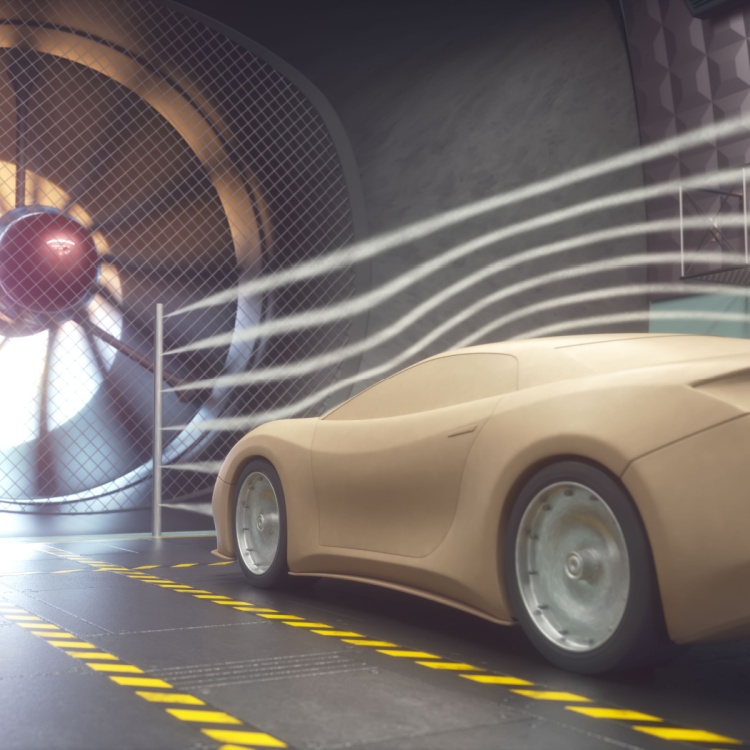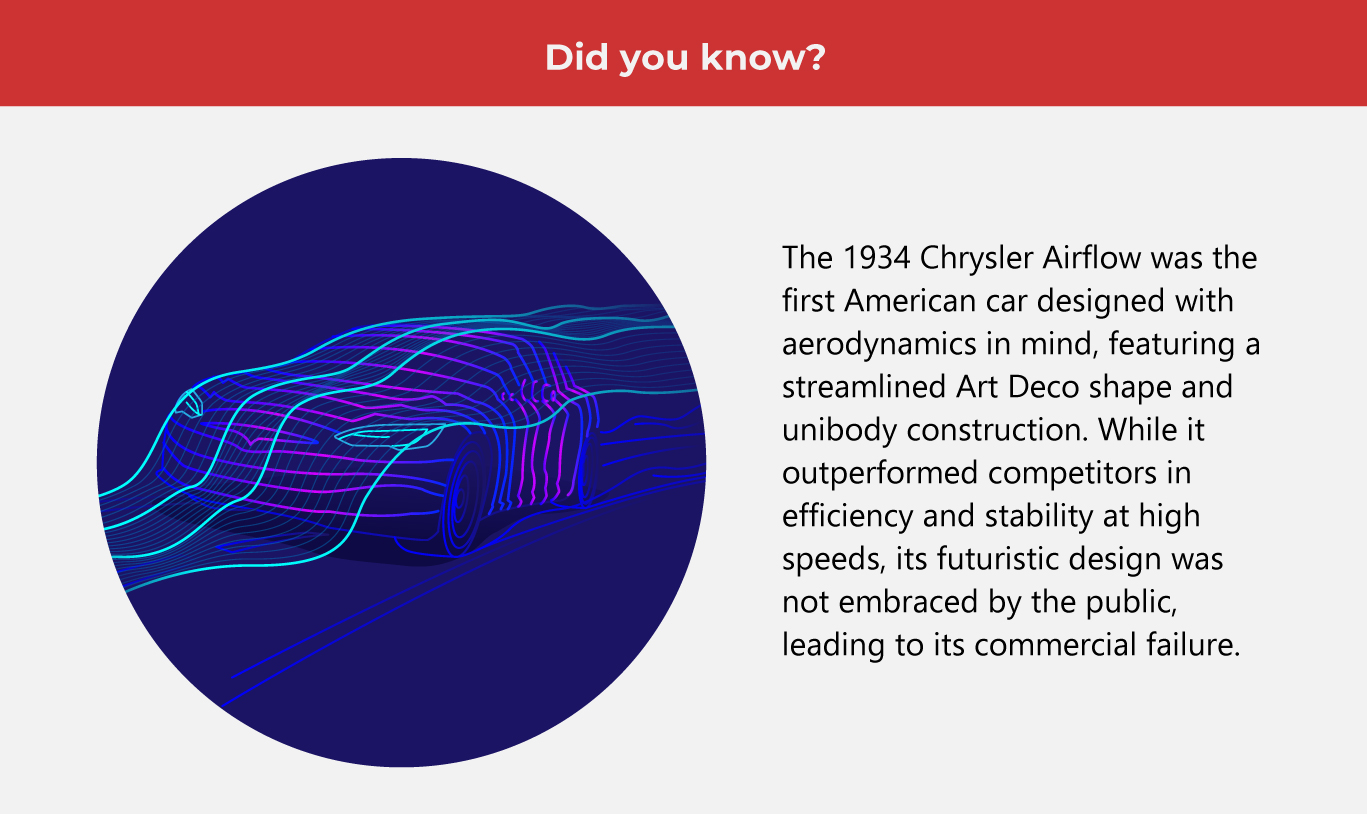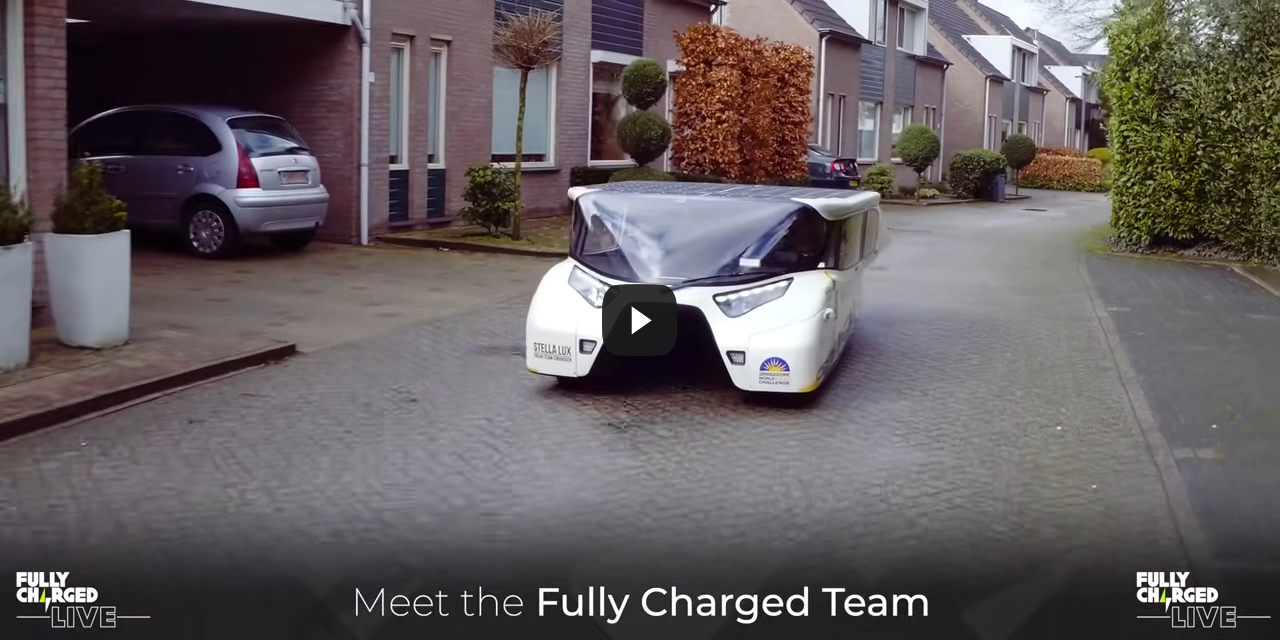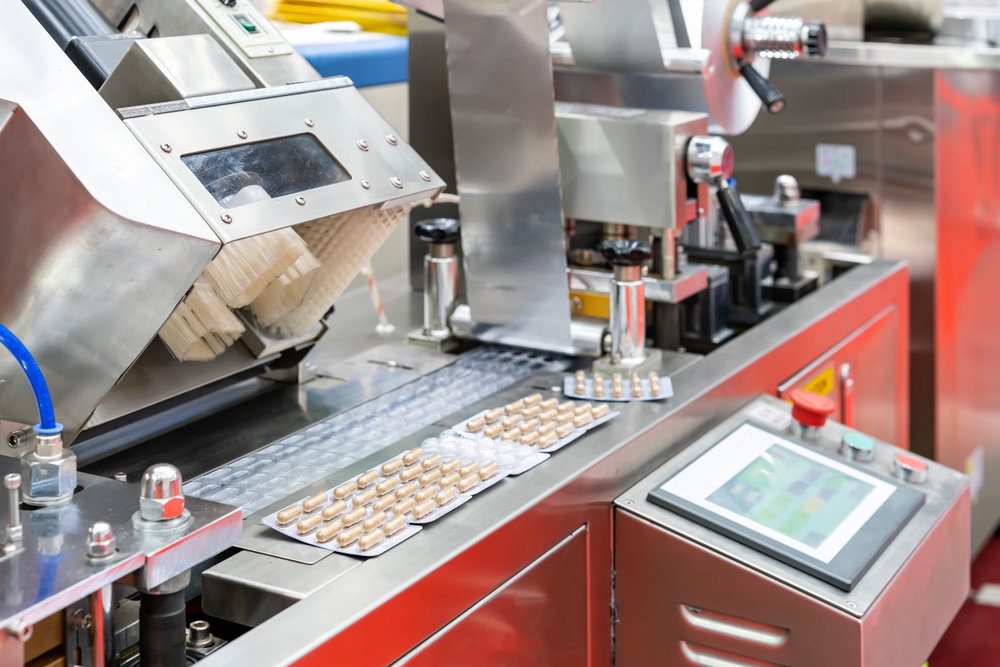Next-Gen EVs For Your Driving Pleasure

Aerodynamics studies how air moves around objects like cars, planes, or buildings. Air creates forces like drag (slows motion and increases energy use), lift (makes objects rise or fall), and pressure (affects shape and structure). These forces impact speed, stability, and efficiency, making them crucial for next-gen electric vehicle (EV) performance and range.
 Aerodynamics has long been important in the automotive market, enhancing speed, fuel efficiency, and stability. Now, it’s also a key focus for EVs, a concept still in its early stages. While aerodynamics often results in a sleeker look, it’s far from just a vain pursuit—it also plays a critical role in improving various aspects of the EV.
Aerodynamics has long been important in the automotive market, enhancing speed, fuel efficiency, and stability. Now, it’s also a key focus for EVs, a concept still in its early stages. While aerodynamics often results in a sleeker look, it’s far from just a vain pursuit—it also plays a critical role in improving various aspects of the EV.
- Boosted energy efficiency and range
Aerodynamics is crucial for EVs because their battery-powered motors have limited range and capacity. By reducing drag, less energy is required to overcome air resistance, which can improve an EV’s range and efficiency. For instance, updates to Tesla models often incorporate design changes to reduce drag, improve motor efficiency, and optimize aerodynamics, contributing significantly to increased range without altering battery size.
According to this interview, drag accounts for 30% to 40% of energy losses in electric vehicles during the WLTP (Worldwide Harmonized Light Vehicles Test Procedure) cycle, potentially rising to 50% in real-world conditions. The WLTP offers a more accurate reflection of real-world driving by considering factors like speed, acceleration, and driving environments.
- Better stability
Aside from reducing drag, aerodynamic shapes enhance vehicle stability by decreasing turbulence and lift at high speeds. Smooth airflow minimizes pressure differences around the car, preventing sudden shifts that could destabilize it. This not only improves handling precision but also increases driver confidence, especially during cornering or in crosswinds, ensuring a safer and more predictable driving experience.
- Quieter ride
Because aerodynamic designs can lessen wind turbulence and air resistance, these also significantly lower noise levels. The result is a quieter cabin environment, providing passengers with a more comfortable and peaceful driving experience, particularly at highway speeds where wind noise is most noticeable.
- Longer battery life
By reducing energy demands, aerodynamics plays a key role in prolonging battery life. They minimize the power needed to overcome air resistance, decreasing the strain on the battery. This efficiency lowers the frequency of deep discharge cycles, preserving the battery’s health and ensuring consistent performance over an extended period, enhancing overall longevity.
Measuring the aerodynamics of EVs
To measure the aerodynamics of EVs, engineers use two primary techniques. Both methods offer valuable insights into how airflow impacts vehicle performance, particularly in reducing drag and increasing energy efficiency.
- Wind Tunnel Testing
This traditional method involves placing a physical model of the EV inside a controlled chamber that simulates airflow at various speeds and angles. Air is blown around the vehicle to mimic real-world driving conditions. Engineers use sensors and cameras to measure critical forces like drag, lift, and pressure on the vehicle’s surface. These measurements allow them to visualize airflow patterns and assess the vehicle’s aerodynamic efficiency in real-time.
- Computational Fluid Dynamics (CFD)
CFD is a modern, computer-based technique that allows engineers to simulate airflow around a virtual model of the EV. By inputting the vehicle's geometry, materials, and boundary conditions, CFD software calculates the drag, lift, and pressure forces acting on the vehicle. This method also enables engineers to visualize airflow in 3D, showing how air moves around and through the vehicle.
Improving aerodynamics of EVs
The aerodynamics of electric vehicles (EVs) are influenced by several key factors that contribute to their overall efficiency and performance.
- Vehicle Shape
The overall shape of the EV plays a significant role in reducing drag. A streamlined design with smooth, tapered front and rear ends helps air flow more efficiently around the vehicle. This reduces resistance and energy loss, improving overall efficiency and range.
- Weight Reduction
The weight of the vehicle affects its aerodynamic efficiency. Using lightweight materials, such as aluminum or carbon fiber, helps reduce the car's mass. Lighter vehicles require less energy to maintain speed, allowing the EV to perform better aerodynamically by reducing the impact of air resistance
- Surface Smoothing
Airflow around the vehicle can be disrupted by gaps or holes in the body, creating turbulence and drag. Sealing these gaps and smoothing out the vehicle’s surface helps reduce air resistance. Techniques like covering undercarriage components or sealing wheel wells can also facilitate smoother airflow.
- Optimizing Accessories
Accessories like mirrors, spoilers, and roof racks can significantly affect a vehicle’s aerodynamics. To minimize drag and lift, it's important to choose or design accessories that complement the vehicle’s streamlined shape. For example, low-drag side mirrors or retractable roof racks help maintain airflow without creating turbulence.
Top aerodynamic EVs in the market today
These models represent the forefront of EV aerodynamics, showcasing how design and technology work together to improve efficiency while maintaining high performance.
The Ioniq 6 features a futuristic design with an ultra-low drag coefficient of just 0.21, making it one of the most aerodynamically efficient electric sedans. Its smooth, curved body and minimalistic rear design help reduce drag and improve range, making it a great choice for long-distance driving. Additionally, active elements like wheel gap reducers and an integrated rear spoiler further optimize airflow, enhancing both performance and efficiency
With a drag coefficient of 0.208, the Tesla Model S is known for its cutting-edge design and energy efficiency. Its sleek, aerodynamic shape helps reduce wind resistance, while advanced features like an active rear spoiler that adjusts based on speed contribute to better airflow management. The vehicle's low drag not only increases driving range but also improves overall stability and handling at high speeds
The Lucid Air combines luxury and aerodynamics with its drag coefficient of 0.21. Designed to be as efficient as possible, its smooth exterior and sculpted body reduce air resistance, contributing to its impressive driving range. The vehicle is equipped with advanced aerodynamic features, including optimized wheel designs and a flush underbody, which enhance stability at high speeds and reduce energy consumption
Known as the most aerodynamic SUV in its class, the NIO EC7 has a drag coefficient of 0.23. Its aerodynamic features include an adjustable rear spoiler, active grille shutters, and a streamlined body design that minimizes drag and maximizes energy efficiency. The combination of design and technology in this vehicle enhances both performance and range, making it a standout choice for eco-conscious SUV buyers.
As electric vehicles continue to evolve, their increased aerodynamic efficiency is paving the way for longer ranges and improved performance. With advancements in design and technology, these sleek, energy-efficient cars are not only changing the way we drive but also reshaping the future of sustainable transportation. As one of the Top 20 EMS companies in the world, IMI has over 40 years of experience in providing electronics manufacturing and technology solutions.
As one of the Top 20 EMS companies in the world, IMI has over 40 years of experience in providing electronics manufacturing and technology solutions.
We are ready to support your business on a global scale.
Our proven technical expertise, worldwide reach, and vast experience in high-growth and emerging markets make us the ideal global manufacturing solutions partner.
Let's work together to build our future today.
Other Blog



